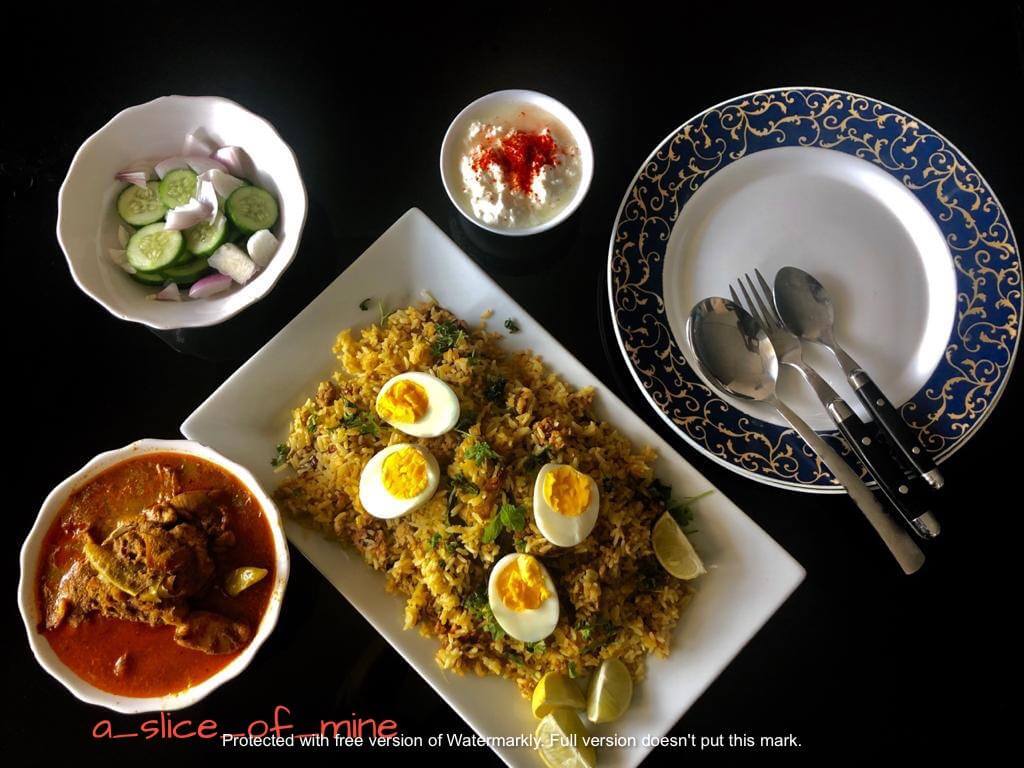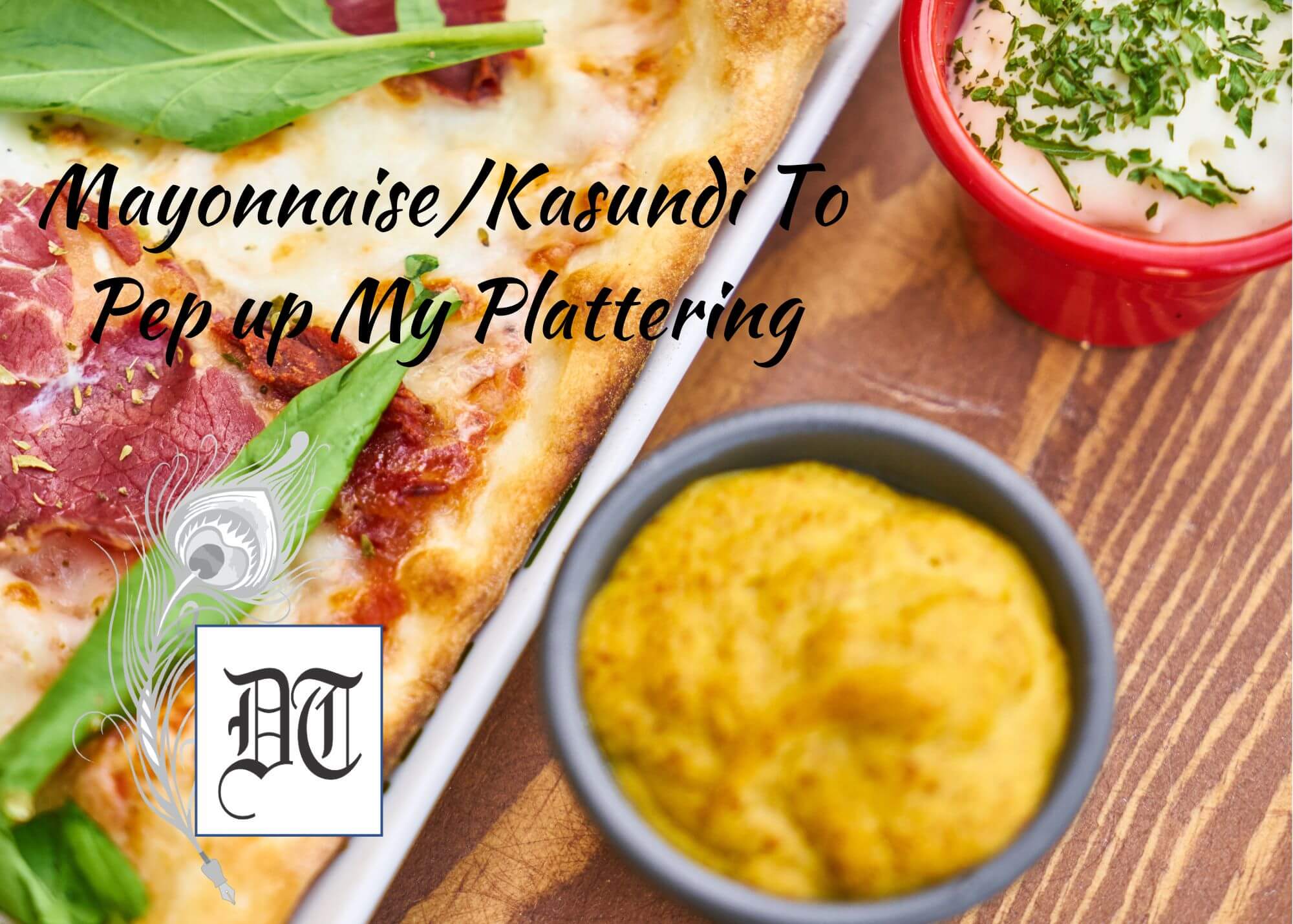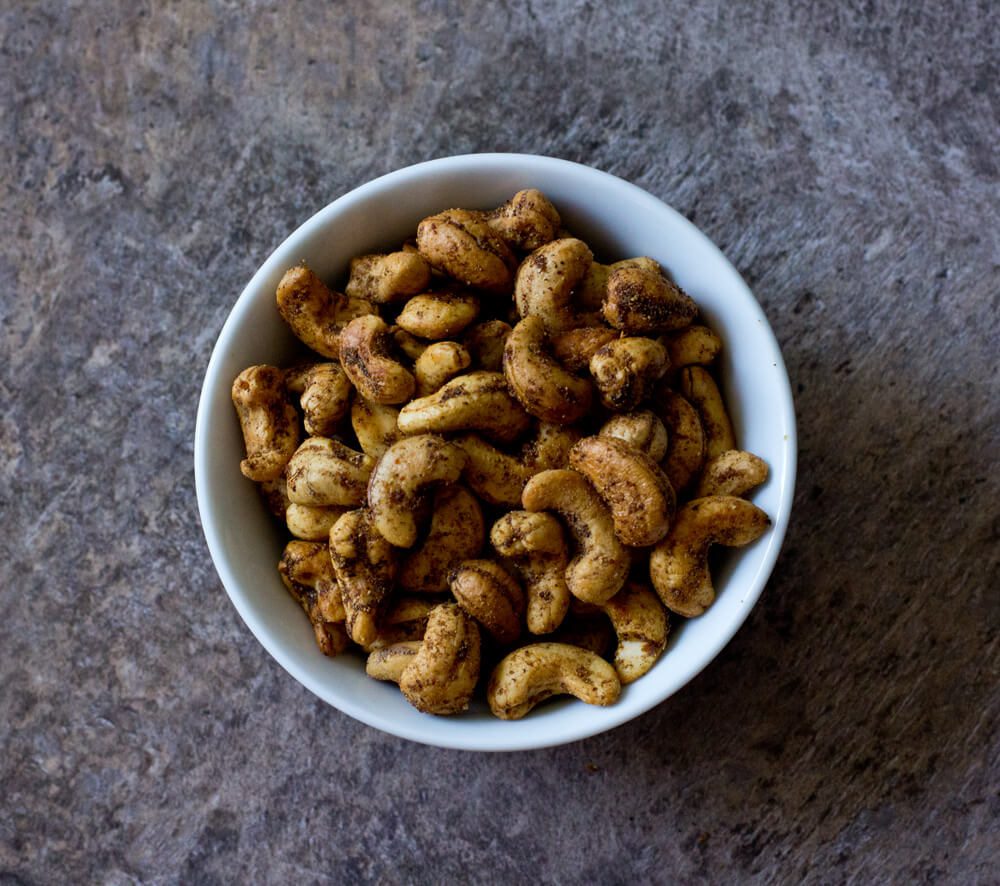A legend goes that the hakims of a Mughal ruler told him that the water of the Yamuna River was harmful and must not be consumed. Since the emperor did not want to consider moving back to Agra, the hakims came up with the idea that hot spices might help in minimising the ill effects of the toxic water. Also to counteract the sharpness of the spices it was advised to have lots of clarified butter too. The resultant foods were the fragrant and rich non–vegetarian dishes for those who ate but the vegetarians evolved what was called ‘Chaat’. It literally means to lick and comes from the Hindi word “chatana”. So slurpy and yummy it is that the plates are licked off! Chaat is the term broadly used to refer to savoury snacks generally from food carts on the roadside in various parts of India. Lily traces the history of the street food, in the weekly column, exclusively for Different Truths.
Licking one’s fingers and smacking one’s lips have always indicated a delicious scrumptious repast. Wading through a plateful of luscious saliva trickling goodies is what the tongue hankers for. India is the Mecca of street food lovers. The spicier the better! Eyes watering and ears on fire are the hallmark of great food. As one walks through the serpentine gullies of old Delhi, once known as Shahjahanabad, one can feel the throbbing pulse of slurp-worthy food.
The streets may be like nerves and veins but the flavours and smells that woo your taste buds with witchcraft are thousands of years old. A legend goes that the hakims of a Mughal ruler told him that the water of the Yamuna River was harmful and must not be consumed. Since the emperor did not want to consider moving back to Agra, the hakims came up with the idea that hot spices might help in minimising the ill effects of the toxic water. Also to counteract the sharpness of the spices it was advised to have lots of clarified butter too. The resultant foods were the fragrant and rich non-vegetarian dishes for those who ate but the vegetarians evolved what was called ‘Chaat’. It literally means to lick and comes from the Hindi word “chaatana”. So slurpy and yummy is it that the plates are licked off! Chaat is the term broadly used to refer to savoury snacks generally from food carts on the roadside.
Chaat may be of various types but there is a recipe of Papri, by the name, Purika, mentioned in the 12th century Sanskrit encyclopedia, Manasollassa, compiled by Someshvara III, who ruled in what is modern Karnataka. The origin of chaat may have vanished in the intricate folds of history but we do know that Uttar Pradesh and Punjab gave us slurp-worthy fast food prepared primarily from a wheat dough and dal batter, whereas Gujarat and Rajasthan were pioneers in chickpea (besan) based goodies. Variations of chaat are mostly made with pieces of fried dough with numerous other ingredients. The typical original chaat is a finely balanced mixture of boiled potato cubes, crisp fried bread, Dahi Vada or Dahi Bhalla (yogurt soaked balls of Urad daal batter, boiled chickpeas, and tangy spices). All these are to be smeared and pampered with homemade tamarind and ginger chutney, which is sweet and sour. There’s also a mint chutney with a generous lacing of green chilies. The whole comes together with sweetened yoghurt in some places and salty in others. The jewel in this crown is the chat masala. It is a fine blend of aam choor(dried mango powder), cumin powder, kaala namak (rock salt) coriander powder, dried ginger powder, salt, black pepper and red chilies. Coriander leaves and chopped onions are used to garnish other variants of this concoction. They may be Dahiya Puri, Pani Puri, Dahi Vada or Papri chaat. Even though parts of Uttar Pradesh are the traditional homes of chaat, yet it spread all over the Indian subcontinent in no time. The towns of Mathura, Muzaffarnagar, Meerut, Agra, Varanasi and Azamgarh still rule the roost. Vendors splash the names of these towns on their push carts or stalls to guarantee clientele. There are success stories of chaat vendors, who put up their stalls for only two hours in the evening at a curbside becoming stinking rich due to the quick turnover. There are loyal clients who swear by the taste of the chaat of a particular vendor. Their names are spoken with reverence and a blissful expression.
My great granny used to tie a wicker basket to a rope and let it down from her fourth-floor terrace to a vendor, who passed through the narrow street in which her Haveli was. In the old walled city of Amritsar, she ate his offerings religiously. The money went down in the same primitive manner.
The whole thrill is to stand next to a pushcart vendor on a busy roadside in India, Nepal, Pakistan or Bangladesh, gloriously oblivious to the cacophony around. The whole experience is unforgettable when one stands waiting for one’s turn to guzzle down the delectable morsels given out on not so clean plates. In fact, during the times when there was hardly any concept of dating, the meeting place for many a road- side Romeo would be a chaat stall, where one could gaze into the eyes of many drooling girls! We were only allowed to eat from one particular vendor, who might cart his yumminess on top of his head, in a pot and a cane stand to place it on that he carried around, tucked under his arm. The moment his guttural calls reached our ears we would pester our elders to let us partake of the tantalizing stuff. He served his chaat in bowls fashioned out of dried leaves. These are actually the original disposable plates of our days.
Our country has evolved some fast foods due to cultural syncretism. Pao Bhaji is one such dish. The  pao or bun is possibly a Portuguese influence. The bhaji is boiled and mashed vegetables with a typical Marathi influence. The Bhelpuri of Mumbai also evolved and travelled from different influences. It is now famous on the Chowpatty beach of Mumbai. I must add here the names of other popular chats. Aaloo Tikki, made with mashed and shallow fried potatoes is a hot favourite. The turning point for any chaat is the taste of the chutneys and the chickpeas that accompany it. The Gol Gappa of Punjab becomes Pani Puri in one state, Pani ke bataashe in another and Phuchka in Bengal. These puffed up little hollow balls of dough are filled with chilled sour and spicy water. A girl I once knew could give her right hand just to gobble down a few every evening, if I ever dare admonish her for the unhygienic surroundings and the dust that flew around her m she would promptly tick me off. Where will you find this authentic taste except at Ramu di rehri (Ramu’s pushcart)? Five-star chefs may not be able to replicate the Zaika (fragrant taste) of the town of holy Mathura. The Bedai or Bedlami is a puri stuffed with daal and served with a side of curried potatoes and chutneys.
pao or bun is possibly a Portuguese influence. The bhaji is boiled and mashed vegetables with a typical Marathi influence. The Bhelpuri of Mumbai also evolved and travelled from different influences. It is now famous on the Chowpatty beach of Mumbai. I must add here the names of other popular chats. Aaloo Tikki, made with mashed and shallow fried potatoes is a hot favourite. The turning point for any chaat is the taste of the chutneys and the chickpeas that accompany it. The Gol Gappa of Punjab becomes Pani Puri in one state, Pani ke bataashe in another and Phuchka in Bengal. These puffed up little hollow balls of dough are filled with chilled sour and spicy water. A girl I once knew could give her right hand just to gobble down a few every evening, if I ever dare admonish her for the unhygienic surroundings and the dust that flew around her m she would promptly tick me off. Where will you find this authentic taste except at Ramu di rehri (Ramu’s pushcart)? Five-star chefs may not be able to replicate the Zaika (fragrant taste) of the town of holy Mathura. The Bedai or Bedlami is a puri stuffed with daal and served with a side of curried potatoes and chutneys.
 Mangode, Chille, Chana chaat, Pakora (fritters), Shakarkandi Ki chaat (sweet potato) are also hot favourites, as is Kachori. My father tells me of a vendor in Lahore, who served boiled moong daal spiced up with chutney, chopped onions, and spices, outside the gates of a college. It seems that taste still haunts him. Simple fare made delicious with the magic fingers of a poor man out to earn a living.
Mangode, Chille, Chana chaat, Pakora (fritters), Shakarkandi Ki chaat (sweet potato) are also hot favourites, as is Kachori. My father tells me of a vendor in Lahore, who served boiled moong daal spiced up with chutney, chopped onions, and spices, outside the gates of a college. It seems that taste still haunts him. Simple fare made delicious with the magic fingers of a poor man out to earn a living.
Let me also talk of the only sweet chaat I know of. Daulat ki chaat in Delhi, Nimish in Lucknow and Malayo in Varanasi. The name I know it by is makhan malai . Milk cream left out in a clay pot in chilly winter nights in the dew drops and churned till light and whimsically frothy is the stuff royalty must have relished. Vetiver and silver leaf and saffron completes this gastronomically flirtatious licking extravaganza!
Chat away the chaat, dear people!
©Lily Swarn
Photo from the internet.








 By
By
